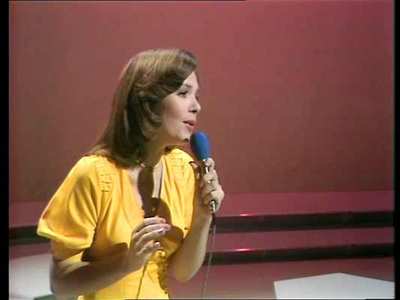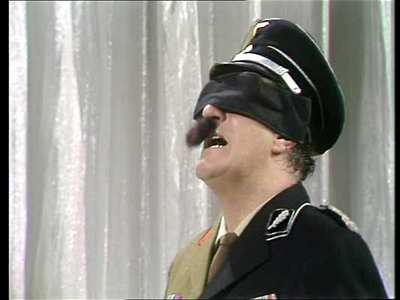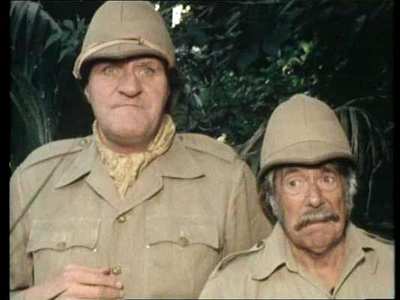Review of Tommy Cooper Hour, The
Introduction
This often-postponed title snuck on to the shelves a few weeks back without much real fanfare. It had been on Network`s to-do list for a good twelve months, but something had been holding up the final release. Now it`s out, it`s time some shouting should be done about what is one of the jewels of television comedy.
It is, possibly, difficult for a modern audience to appreciate what a comedy giant (literally - 6`4") Tommy Cooper was from the early 1950s to his untimely death in 1984 aged 63. The rise of television in the 1950s and 60s also saw the rise of a first generation of television comics which included Tommy Cooper, Frankie Howerd, Benny Hill, Morecambe and Wise, Ken Dodd, Stanley Baxter and Tony Hancock. They were all seasoned professionals for whom television had been a new opportunity rather than the be-all and end-all of a career. All had established track records in Variety theatre from working men`s clubs to the notorious Glasgow Empire (whose audience ate comics for breakfast). Those who transferred successfully to television (and some didn`t), enjoyed phenomenal audiences throughout the 1960s and 70s.
Tommy Cooper, born 1926, had embarked on a career in showbusiness upon his demobilisation from the Army in 1947. Attempts at various acts including being an impressionist had met with mixed results until he attended an audition as a magician. Legend has it that nerves made such a hash of the tricks he had rehearsed that the people he was auditioning for assumed it was all part of the act. Building on the routine won him a lengthy engagement at the Windmill Theatre in London (where many of the tv comics cut their teeth appearing in between the nude tableaux.)
1952 saw Tommy Cooper make an important appearance at the London Palladium and subsequently an eight part standup show for the BBC called "It`s Magic". From then on, he was a regular on British tv screens with shows for Associated Rediffusion, ATV, ABC, Thames and LWT. More often a guest than the headliner of a series, his longest-runnning tv enterprises were a sketch series from 1967-9 for ABC/Thames called Life With Cooper; the 13 episode "Tommy Cooper" for LWT between 1969 and 1971 and the nine one-hour "Tommy Cooper Hour" for Thames presented on this three-disc set.
Tommy Cooper could be relied on to crack an audience up simply by turning up on stage, and he often bemoaned the fact he was often not taken seriously off-stage. A perennial target of impressionists alongside Michael Crawford, his trademark fez, gritted-teeth chortle and "Just Like That" catchphrase was instantly recognisable and eminently easy to emulate.
Tommy Cooper was highly regarded by both fellow professionals and the viewing public alike. His death on 15th April 1984 - live on television during the variety show Live From Her Majesty`s - shocked the nation.
The Tommy Cooper Hour from 1973 to 1975 is a record of the comic at the height of his powers. It includes the 1973 and 1974 Christmas shows. The first four shows were written by Man About The House scribes Johnnie Mortimer and Brian Cooke while the remaining five were written by former Morecambe and Wise scriptwriter Dick Hills.

Video
Presented in the original 4:3, the episodes are in surprisingly good condition given the age of the source material (up to 34 years). Having said that, it should be remembered that the shows have seldom been seen since their original run.

Audio
Dolby 2.0 Mono reproduction of the original mono.

Features
Not a sausage.

Conclusion
Of all the comedy legends created by television in the 1950s and 1960s, one of the most enduring figures has been the gangling figure in the ill-fitting suit, wearing a fez and desperately trying to blag his way through a disastrous magic act where no trick works properly. Tommy Cooper was regarded as a comedy legend by both public and professionals alike - although few of his performances have ever been available on Video or DVD. That oversight has been put to rights with the release of the nine Tommy Cooper Hours made between 1973 and 1975. Sit back and marvel.
Your Opinions and Comments
Be the first to post a comment!